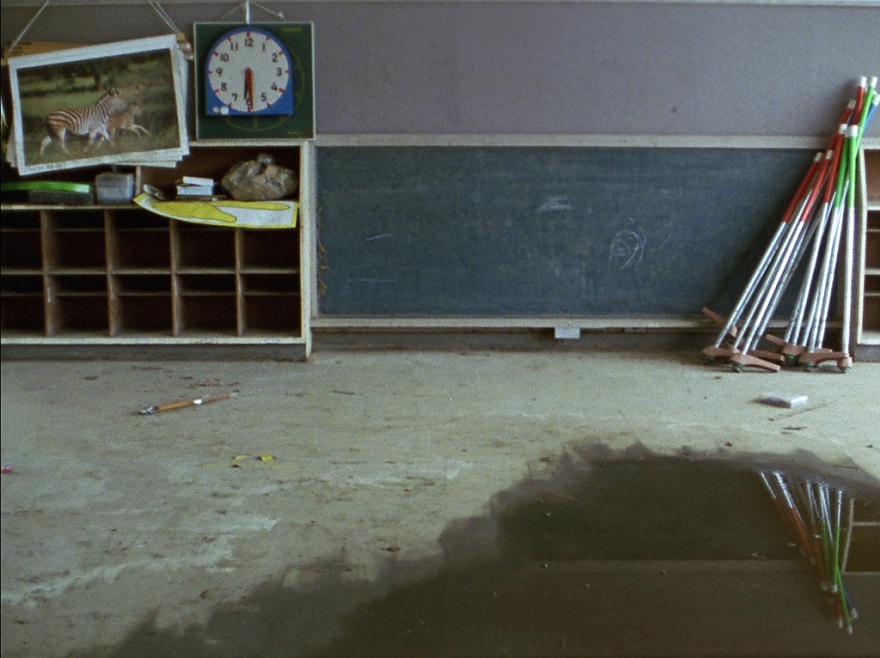Events
Alumni Featured in BOMBHEAD

The Vancouver At Gallery presents BOMBHEAD, a thematic exhibition organized by guest curator John O’Brian that explores the emergence and impact of the nuclear age as represented by artists and their art.
The Vancouver At Gallery presents BOMBHEAD, a thematic exhibition organized by guest curator John O’Brian that explores the emergence and impact of the nuclear age as represented by artists and their art. Strongly associated with obliteration and destruction, nuclear technologies have had a profound cultural and ecological impact since their development in the mid-20th
century.
Encompassing the pre- and postwar period from the bombing of Hiroshima and Nagasaki in 1945 to the triple meltdown at Fukushima Daiichi in 2011, BOMBHEAD brings together paintings, drawings, prints, sculpture, photographs, film and video that deal with this often dark subject matter. The exhibition will address some of the most pressing issues of the postwar era. What has been the role of art in producing an image of the bomb and nuclear energy? Have nuclear art and images heightened or lessened anxieties about the atomic threat, or have they done both simultaneously? How should different expressive approaches to nuclear risk be understood? The themes explored in this exhibition will strongly resonate with the works on view in Takashi Murakami: The Octopus Eats Its Own Leg, which reflect Murakami’s own reckoning with the nuclear age.
Exhibiting artists include Blaine Campbell (2007) and Erin Siddall (2011).
Campbell's photographs, Omnis Experientiae Miraculum (Tigress) and Omnis Experientiae Miraculum (Grifin) were created during his artist residency at TRIUMF, Canada's particle accelerator centre, in 2016.
In Siddall's Fukushima Half-Life the words of the artist’s personal experience work as an authorial inscription, testimony, or confessional, entering the frame and assuming and challenging its own veracity and authenticity. Recorded on 16mm, the film is concerned with arbitrary divisions between clean and unclean, safe and unsafe, as demarcated in the no-entry and suggested no-entry zone outside of the nuclear disaster in Japan. Filmed for 5 days in May 2011 following the earthquake and nuclear disaster, Fukushima Half-life explores what kind of ordinary life might go on in an interstitial place, a place that is neither inside or outside, but both simultaneously. Diagetic sound in Japanese includes radio broadcasts, location recordings, and conversations between the filmmaker, residents, officials, and volunteers.
